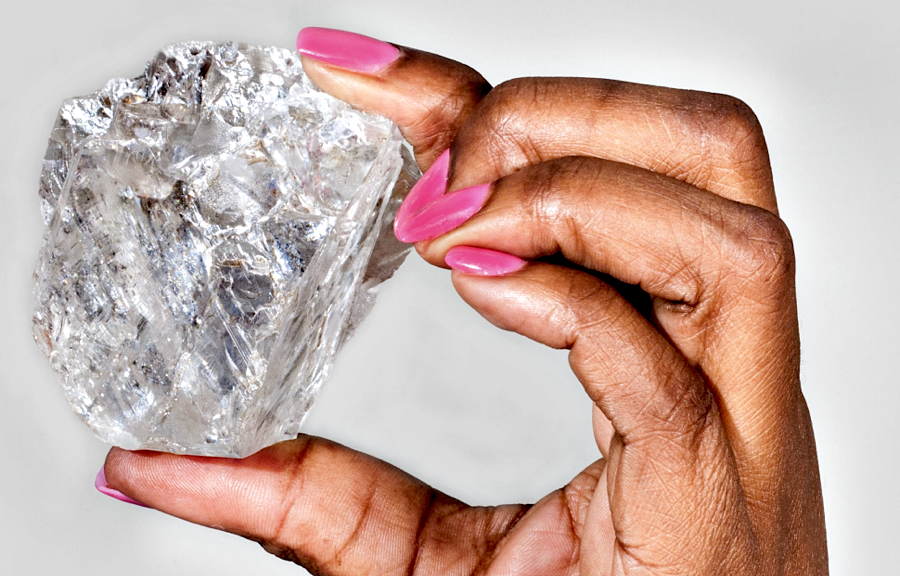
Botswana is amending its law to give the government the first option to buy diamonds that are unusually large or have other unusual features found in its mines, such as the world’s second-biggest 1,109 carat diamond discovered two years ago.
The cornerstone of Botswana’s success has been one commodity, diamonds, coupled with a rigid adherence to prudent use of revenues, a rarity on a continent where natural riches are routinely squandered or stolen, or the cause of civil war.
A draft bill amending the Precious and Semi-Precious Stones Act says any producer coming into possession of what it terms an “unusual” rough or uncut diamond shall notify the minister within 30 days after which government shall have the first option to buy the stone.
The bill did not give a precise definition of “unusual”.
But an official told a local newspaper that it referred to stones that were unusually large, were particularly clear or had an unusual colour.
Moses Tshetlhane, chief minerals officer in the Mineral Resources Minister, told Mmegi Newspaper the amendment was motivated by the recovery of “Lesedi La Rona”, or “Our Light”, the largest diamond uncovered in over a century.
“The price to be paid by government for a rough or uncut precious stone offered for sale by the producer shall be agreed between the parties in accordance with the current market price of the rough or uncut precious stone,” the bill says.
The tennis ball-sized stone was found in November 2015 at Lucara Diamond Corp’s mine in Botswana and is yet to find a buyer after it failed to sell at Sotheby’s auction house in June 2016.
“These outliers carry special features and any producer would celebrate such or even have them in museums as national treasures. So it is not unusual for governments to have options in such unusual diamonds,” Tshetlhane said.
Lucara also unearthed another 812.77 carat stone, The Constellation, at the same mine, which fetched $63 million at an auction in 2016. (Writing by Nqobile Dludla; Editing by Edmund Blair)